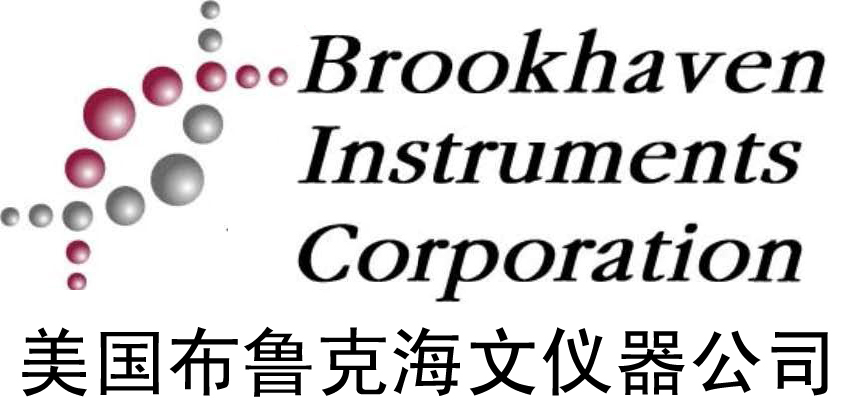產品搜索:
90plus 納米粒度儀應用案例-27
點擊次數:325 發布時間:2014-12-9
文獻名:Proton-Resistant Quantum Dots: Stability in Gastrointestinal Fluids and Implications for Oral Delivery of Nanoparticle Agents
作者:Aaron M. Mohs, Hongwei Duan, Brad A. Kairdolf, Andrew M. Smith, and Shuming Nie
Departments of Biomedical Engineering and Chemistry, Emory University and Georgia Institute of Technology, 101 Woodruff Circle NE, Suite 2001, Atlanta, Georgia 30322, USA
摘要:Semiconductor quantum dots (QDs) have shown great promise as fluorescent probes for molecular, cellular and in vivo imaging. However, the fluorescence of traditional polymer-encapsulated QDs is often quenched by proton-induced etching in acidic environments. This is a major problem for applications of QDs in the gastrointestinal tract because the gastric (stomach) environment is strongly acidic (pH 1–2). Here we report the use of proton-resistant surface coatings to stabilize QD fluorescence under acidic conditions. Using both hyperbranched polyethylenimine (PEI) and its polyethylene glycol derivative (PEG-grafted PEI), we show that the fluorescence of core shell CdSe /CdS/ ZnS QDs is effectively protected from quenching in simulated gastric fluids. In comparison, amphiphilic lipid or polymer coatings provide no protection under similarly acidic conditions. The proton-resistant QDs are found to cause moderate membrane damage to cultured epithelial cells, but PEGylation (PEG grafting) can be used to reduce cellular toxicity and to improve nanoparticle stability.
關鍵詞:Nanoparticle, quantum dot, oral delivery, gastrointestinal, polyethylenimine (PEI) , polyethylene glycol (PEG)


